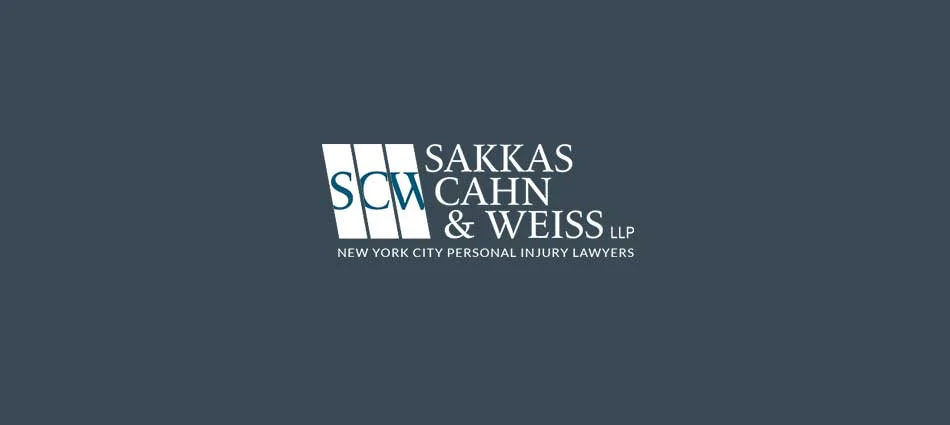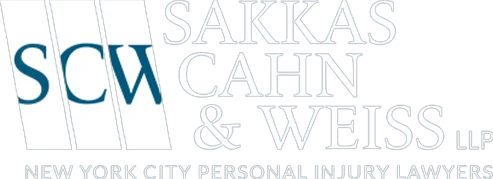What are the Steps to Commencing a Personal Injury Lawsuit in New York?

Litigation can be quite complex and confusing. Navigating through all the paperwork and procedures on the road to get into court alone can seem quite daunting for someone who is not familiar with the process. Additionally, the process can seem overwhelming when you are faced with the other aspects that may be inherent in a personal injury action such as doctor visits, emotional distress, and various injuries. An experienced personal injury attorney can guide you through the process so that you can focus on your recovery.
Before a case reaches the stage of litigation, there are many initial procedures that must be followed. Below is an outline of what to expect during the first three stages of a personal injury lawsuit and some terms to be familiar with.
Summons and Complaint
To commence a lawsuit, a summons and complaint must first be filed with the court. Once this is done, an index number is issued. The complaint lays out the allegations in the lawsuit. Alternatively, a summons may be served with “notice” instead of a complaint, but the notice must include a brief statement regarding the type of action; the type of relief that is sought; and the amount of damages if the relief being sought is monetary (although the amount cannot be specified in a personal injury or wrongful death action). Generally, a notice is used only for a time convenience factor- a complaint would still have to be filed within twenty days. Additionally, the summons must include the venue in which the action was commenced and the index number the action was assigned. A summons that is served without either a notice or complaint is considered defective and will cause the action to be dismissed.
Service
Once the summons and complaint has been filed with the court, the plaintiff has 120 days to serve the defendant with the papers to put him on notice of the lawsuit. If service is being done by personal delivery, it cannot be made by the plaintiff, but must be done by a person over 18 not a party to the action. Service should be by personal delivery, unless circumstances prevent it. This means that the defendant should receive a copy of the summons and complaint in his hand. In addition, it may be left where he lives or works, with a person “of suitable age and discretion.” In either of these scenarios, a copy must also be mailed certified to the defendant. If the defendant was not personally given the summons and complaint, proof of the service must be filed with the clerk within 20 days and is deemed complete 10 days after the filing.
If personal service is not possible either because the defendant is either avoiding service or cannot be found, the “Nail and Mail” method can also be used. This means that the summons and complaint may be “affixed” to the door of the residence of the defendant, or his last known address. In this case, the attempts made by the process server must be specified and included in an affidavit. Additionally, a copy of the summons and complaint must be sent by first class mail to the defendant. It is important to also note that service rules vary if the defendant is a corporation, company, or government entity.
The Answer
Once service of the complaint has been made on a defendant, they must respond by either answering or make a Pre-answer Motion to Dismiss. By answering, the defendant appears in the action. A defendant may answer the allegations in the complaint in several ways. He may either generally deny all allegations, specifically deny or admit each allegation, or deny allegations upon “information and belief.” A defendant must deny an allegation, or else it is considered an admission. Additionally, if the defendant wishes to assert any defenses that are considered “affirmative,” such as that the court does not have personal jurisdiction over him; that the action was not timely; or that the plaintiff was contributorily negligent, he must do so in his answer or else he waives his right to the defenses.
If a defendant makes a pre-answer motion to dismiss, he may refer to one of the eight statutory grounds provided in the New York CPLR.
If you are about to commence a personal injury lawsuit, it is best to retain an experienced attorney who can guide you through what can be an overwhelming process. The attorneys at Sakkas, Cahn & Weiss have the knowledge and experience necessary to represent you even in the most complex personal injury case. The firm represents clients throughout New York City, Manhattan, Queens, the Bronx, Staten Island, Brooklyn, Long Island, New Jersey, and Connecticut. For a consultation, call 212-571-7171
Get A Free Case Review
Fields marked with an * are required
"*" indicates required fields
110 East 42nd Street
Suite 1508
New York, NY 10017
Phone: 212-571-7171
Fax: 212-571-7174
1461 Franklin Ave, Suite 2SE
Garden City, NY 11530
Phone: 516-747-7472
Fax: 212-571-7174

